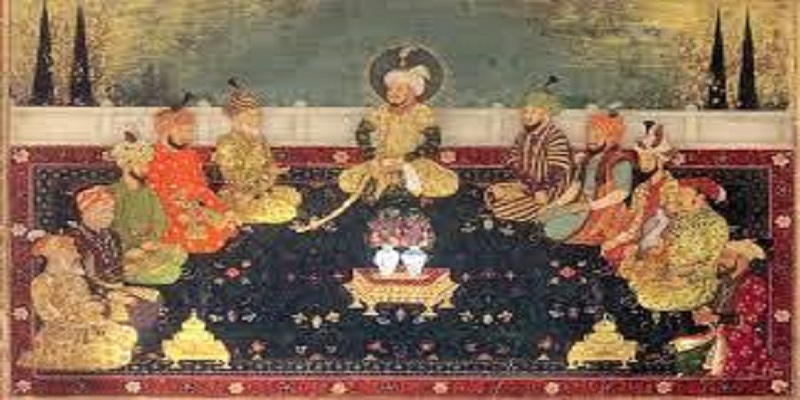Mansabdari System: Mughal Military Brilliance and Administrative Precision
The Mansabdari System was a unique military and administrative system that was introduced in India by the Mughal Emperor Akbar in 1572. The system was in place from 1526 to 1707, during which the Mughal Empire was at its peak. The word Mansab means rank, position, or status, and the Mansabdari System was designed to organize and manage the Mughal military and administrative apparatus.
Under the Mansabdari System, every officer was assigned a Mansab, which was essentially a rank or a title. The Mansab was accompanied by a certain number of cavalry soldiers or infantrymen, depending on the rank of the officer. The officers were required to maintain these troops at their own expense and were responsible for their training, upkeep, and deployment.
The Mansabdari System was based on the principle of promotion and demotion. The emperor could grant a higher or lower Mansab to an officer depending on his performance, loyalty, and the needs of the state. The system ensured that the most capable officers were promoted to higher ranks, while the less competent ones were demoted to lower ranks. This helped to ensure that the Mughal military was efficient and effective.
One of the significant benefits of the Mansabdari System was that it allowed the Mughal Empire to maintain a large standing army without imposing an excessive burden on the state. The officers were responsible for the upkeep of their troops, which included providing them with food, clothing, and weapons. This reduced the financial burden on the state and allowed the Mughal Empire to maintain a large, well-trained, and well-equipped army.
The Mansabdari System also had administrative benefits. The officers who held higher Mansabs were also appointed to various administrative positions, such as governors of provinces, revenue collectors, and military commanders. This allowed the Mughal Empire to maintain a centralized system of governance, with the emperor at the top, and the Mansabdars (officers) below him, responsible for the smooth functioning of the state.
Another advantage of the Mansabdari System was that it provided opportunities for advancement and social mobility. The system was open to all, regardless of their caste or religion. The officers were appointed based on their merit and performance, and anyone could rise to the top if they demonstrated their ability and loyalty to the emperor.
The Mansabdari System underwent some changes over the years. During the reign of Akbar, there were only two grades of Mansabs – Zat and Sawar. Zat referred to the personal rank or status of the officer, while Sawar referred to the number of cavalry soldiers that the officer was required to maintain. However, during the reign of Jahangir and Shah Jahan, the number of grades was increased to 33, with the highest being the rank of 5000.
The Mansabdari System was not without its challenges. One of the significant problems was that the officers were often assigned to distant parts of the empire, which made it difficult for them to maintain control over their troops and to collect revenue. This led to a lot of corruption and mismanagement, which was one of the reasons for the decline of the Mughal Empire in the 18th century.
In conclusion, the Mansabdari System was a unique military and administrative system that was introduced by the Mughal Emperor Akbar in 1572. The system was designed to organize and manage the Mughal military and administrative apparatus and was based on the principles of promotion and demotion. The system allowed the Mughal Empire to maintain a large standing army without imposing an excessive burden on the state and provided opportunities for advancement and social mobility. However, the system also faced challenges such as corruption and mismanagement, which contributed to the decline of the Mugh

